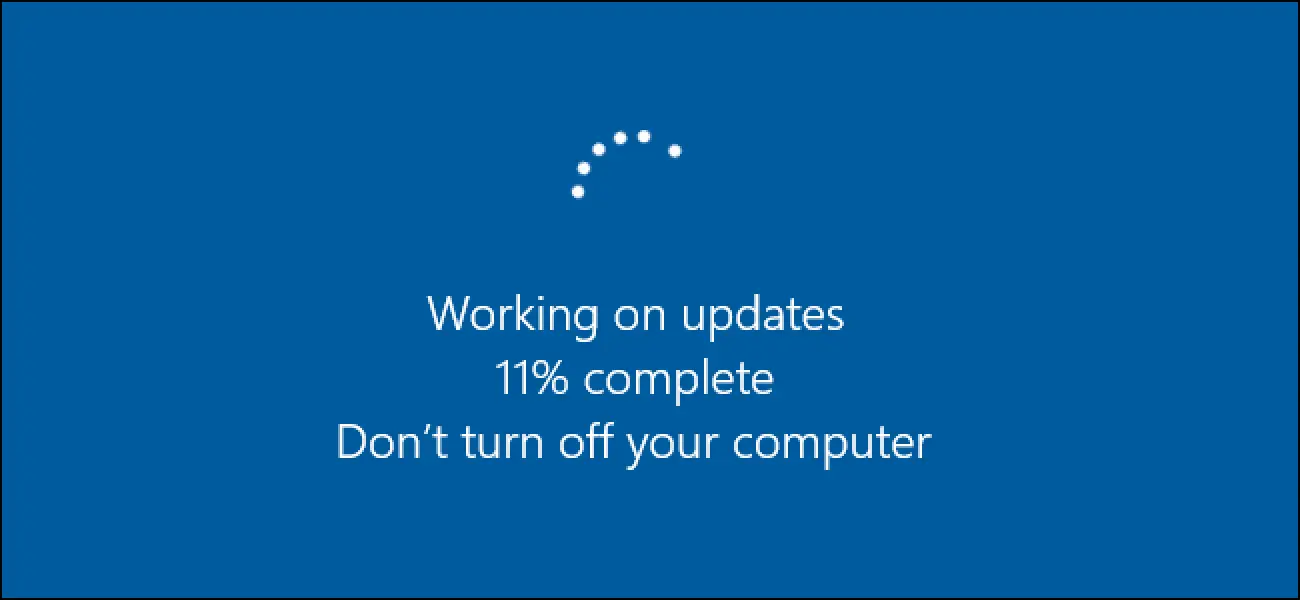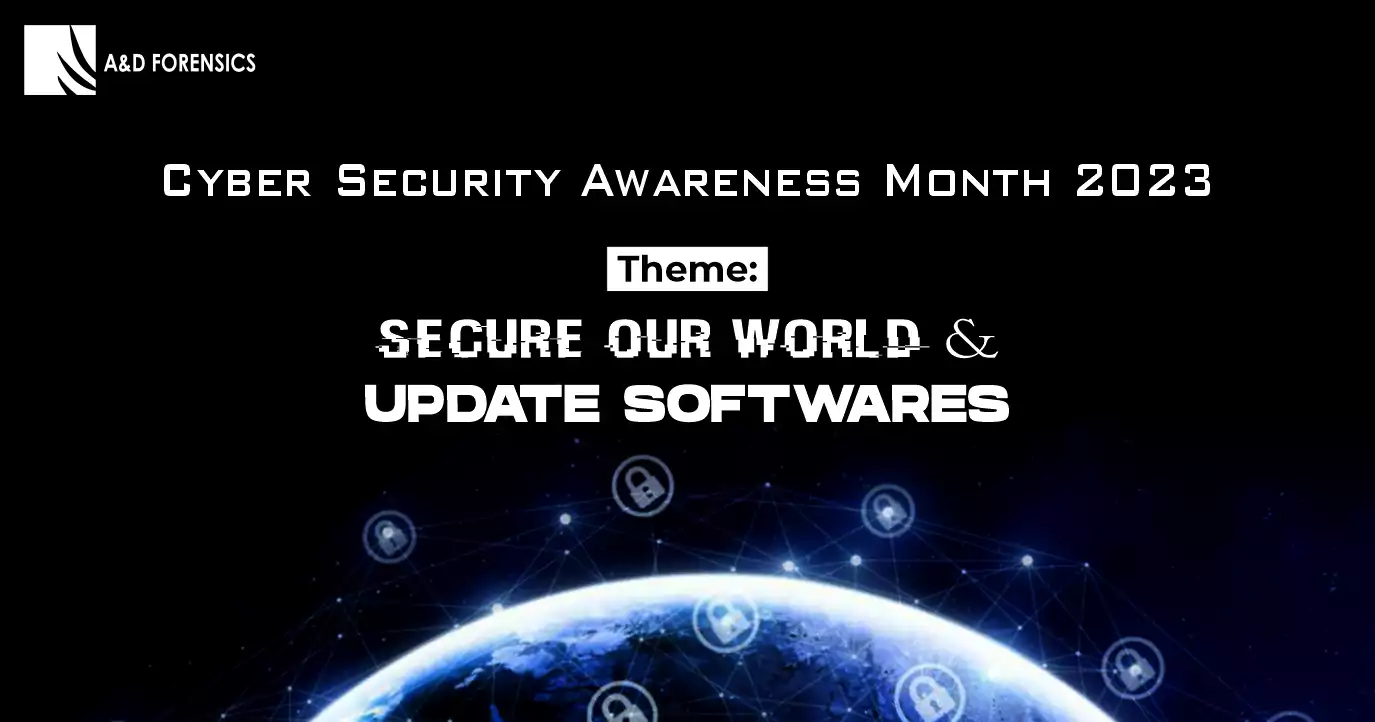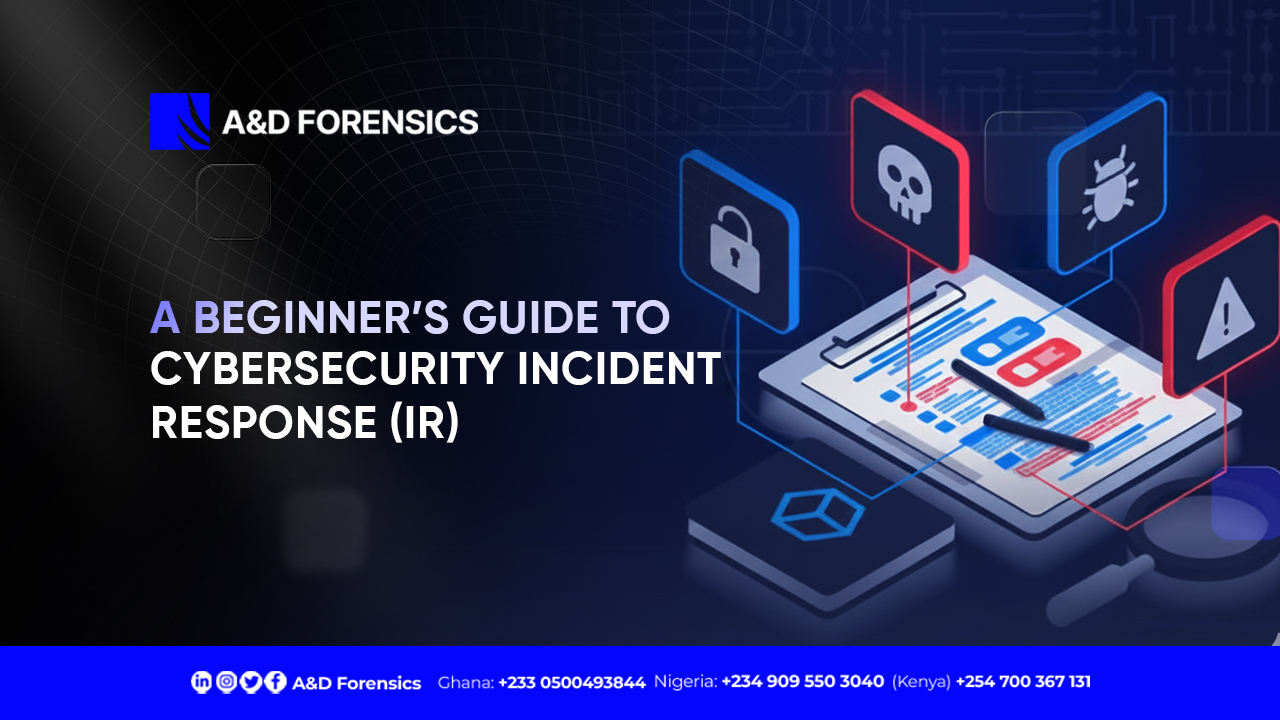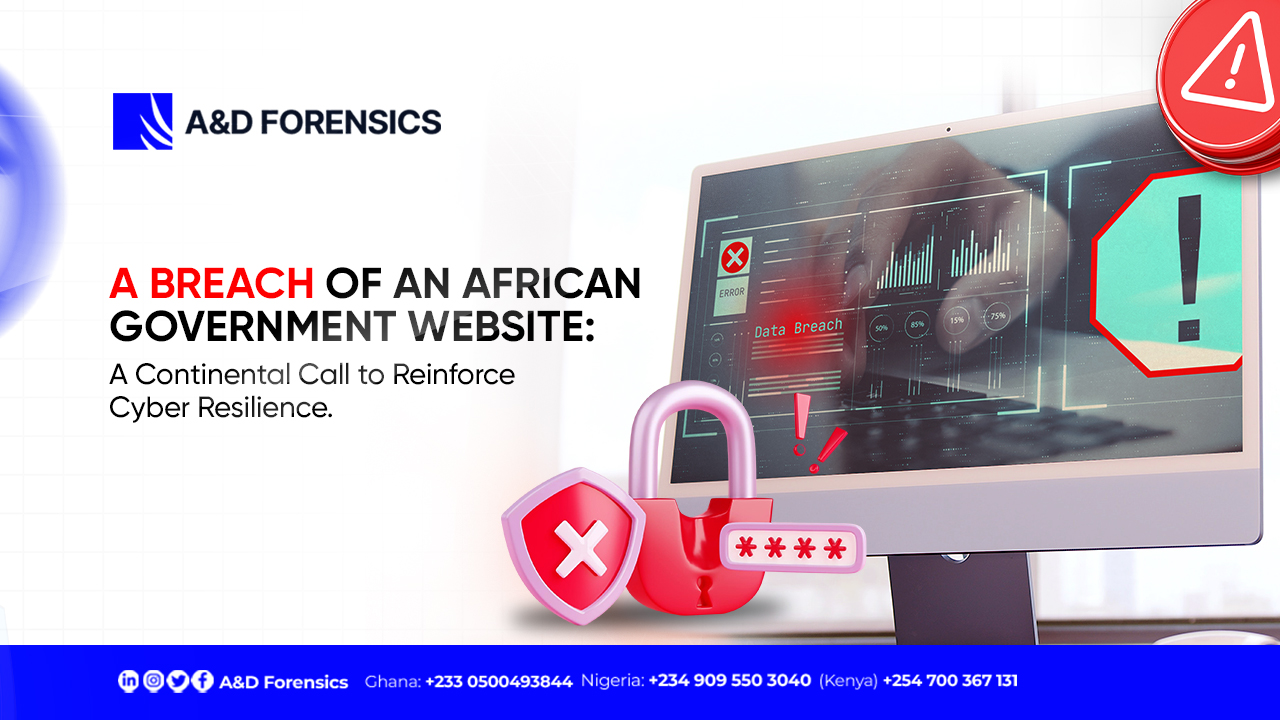Software updates are not just about new features; they’re essential shields against cyber threats. Learn what software updates are, why they matter, and how they protect you from security breaches.
No System Is 100% Secure
It has long been established that there is no such thing as perfect security, and software is no exception. Every day, we interact with software applications, from mobile apps to operating systems, that make our personal and professional lives easier. Yet, each interaction exposes us to potential risks.
That’s why software updates exist, not as inconveniences, but as proactive defenses that keep you safe in a constantly evolving digital landscape.

Understanding Software Updates
As technology advances, software providers must continually adapt and strengthen their products. This is achieved through updates (sometimes called patches).
A software update is a released modification intended to fix, improve, or enhance a program’s performance. These updates may include:
- Security patches to close vulnerabilities.
- Bug fixes to resolve operational glitches.
- Feature upgrades that enhance user experience.
- Compatibility improvements with newer systems.
In essence, updates fine-tune, repair, and reinforce the software to ensure it functions optimally and remains secure.
The Purpose and Importance of Software Updates
Software updates serve multiple purposes that go beyond aesthetics or convenience. Let’s examine why acting promptly on update notifications is critical.
a. Security Enhancement
Every update often includes critical security patches that address vulnerabilities discovered since the last release. Cybercriminals constantly search for weaknesses to exploit. Installing updates ensures you close those gaps before attackers can use them.
b. Bug Fixes
No software is flawless. Over time, bugs emerge due to poor code implementation, hardware changes, or compatibility issues. Updates correct these problems, improving stability and performance while reducing the risk of system crashes or data leaks.
c. New Features and Upgrades
Sometimes, updates bring improved interfaces, new tools, or upgraded functionality. While these can occasionally introduce minor bugs, subsequent patches quickly address them — creating a smoother, more efficient experience overall.
d. Vulnerability Patching
Outdated software is a goldmine for attackers. Threat actors frequently target known vulnerabilities that remain unpatched. By staying current with updates, you effectively seal these holes before they can be exploited.
e. Reduced Downtime
Software vulnerabilities and bugs can trigger unexpected downtime or system malfunctions. Regular updates keep your system running smoothly, ensuring productivity and business continuity.
f. Staying Ahead of Evolving Threats
Cyber threats evolve rapidly. Updates are the mechanism through which software adapts to those new challenges, giving you a constant advantage against emerging exploits.
g. Maintaining Regulatory Compliance
In many industries, regulatory frameworks such as GDPR, PCI DSS, or ISO 27001 require software to be maintained and updated regularly. Staying compliant not only reduces legal risk but also strengthens your organization’s security posture.
What Happens If You Don’t Update
Ignoring software updates is like leaving your digital door unlocked. The consequences can be severe:
- Exposure to malware, ransomware, and data theft
- System crashes and degraded performance
- Compatibility issues with newer tools or files
- Increased financial and reputational damage in the event of a breach
A perfect example is the WannaCry ransomware outbreak (2017) — it spread globally through unpatched Windows systems, causing billions in losses. Many victims could have avoided the damage simply by updating their software in time.
Staying Consistent With Software Updates
Consistency is the key to strong cyber hygiene. Here’s how you can maintain it:
- Enable automatic updates whenever possible.
- Schedule regular maintenance checks to verify patch status.
- Use patch management tools if you manage multiple devices.
- Educate team members on why updates should never be ignored.
- Check manually for updates if notifications are disabled.
Small, regular updates today prevent massive disruptions tomorrow.
Conclusion – Updates as Your First Line of Defense
Software updates are your first and most reliable line of defense in an unpredictable digital world. They protect you from vulnerabilities, enhance performance, and ensure compliance.
Treat every update prompt as a security alert — not an interruption. The few minutes spent updating your software could save you hours, money, and data down the line.
At A&D Forensics, we understand the importance of proactive cybersecurity. Our services, which include penetration testing, cryptocurrency investigation, digital asset compliance, and training, are designed to help individuals and organizations build strong, secure digital foundations.
A&D Forensics offers services that include Penetration testing, Cryptocurrency Investigation, Digital Asset Compliance, and Training. You can view all our services HERE






